Mesothelioma is a cancer form that most often starts in the cells that line the protective layers inside body cavities, and it mainly occurs in the pleura covering the lungs. This hard tumor's origin is connected to exposure to asbestos fibers—a mineral commonly used across workplaces during the 20th century.
The unfavorable effects of breathing in Asbestos show up after a long time before signs start to appear.
As mentioned Mesothelioma is a sickness where cells known as mesothelial develop abnormally and take much time before they begin to show symptoms. Therefore, detecting this condition in its early stages can be demanding.
This illness comes in different types, like Epithelioid, Sarcomatoid, and Biphasic, which are a mix of both. Every type acts differently inside the body and has other impacts on how the patient feels. Various factors are used to diagnose, including evaluating images from scans, studying small pieces of tissue under a microscope, and doing tests to find specific proteins or indicators in those tissues as part of a complex process meant to understand the problem.
The signs of the illness vary greatly, including difficulties with breathing and pain in the chest to problems that affect the whole body, like losing weight and feeling very tired. Frequently, affected entities do not have a good chance because the sickness is usually found when it is already late stage. Despite that, treatment methods involve cutting out the disease with surgery, using chemicals to treat it, or applying radiation to eliminate cancer cells, yet completely getting rid of the illness is still burdensome.
Mesothelioma, a less common type of cancer compared to others, seriously affects people. This sickness is mainly linked to being around Asbestos![]() , which happened often in many work settings during the 20th century, as mentioned in a previous paragraph.
, which happened often in many work settings during the 20th century, as mentioned in a previous paragraph.
It spreads quickly and is often found too late, making it rare. This cancer grows without being noticed for a long time because there's a considerable space between when someone comes into contact with Asbestos and when they start showing signs of the disease. Taking care of the illness efficiently is more problematic because it's difficult to find early on.
Mesothelioma is a brutal and severe cancer that often fails to react properly to treatments, making it hefty for doctors who specialize in cancers. The convoluted start of this sickness creates a dangerous mission, and it's also difficult to uncover early because at first–there are no clear indicators of when the condition gets worse over time.
Mesothelioma is difficult to detect until it reaches a late stage, which makes it more dangerous due to fewer treatment ways and generally a dire outlook. Also, people experience hidden development of the sickness because there is a long time between being exposed to Asbestos and starting to show symptoms, making their situation worse.
The harmful influences of Mesothelioma go past just the body; it strongly affects the minds and feelings of both those who are sick and their relatives. To deal with this disease, which usually has a pessimistic outlook for recovery, one needs a lot of willpower and plenty of help from others nearby.
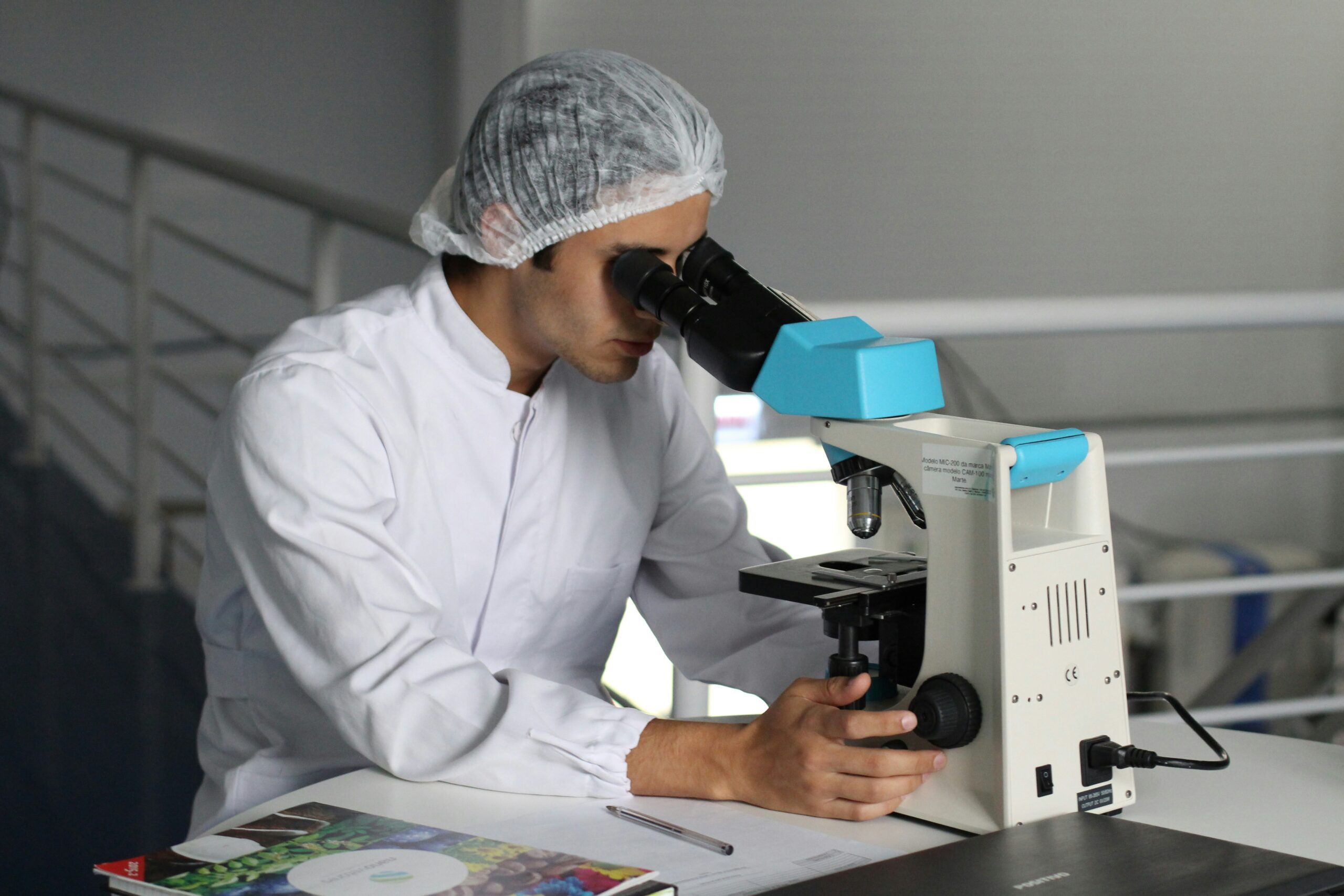
Mesothelioma manifests in various types, each affecting specific spots of the body:
Pleural Mesothelioma primarily affects the lining of the lungs, leading to often coughing, chest hurt, and breathing problems.
Peritoneal Mesothelioma impacts the stomach lining, leading to signs like pain in the abdomen, bloating, and weight loss without an apparent reason.
Pericardial Mesothelioma affects the layer around the heart organ, causing chest pain, abnormal heartbeat rhythms, and breathing problems.
Mesothelioma in the testicles is not shared and impacts the guarding layer around them; if this happens, you may notice bumps–or they get bigger.
Epithelioid Mesothelioma is known for its special cells. Its symptoms can change depending on the affected part of the body and may look similar to those in other types.
Sarcomatoid Mesothelioma is a cancer form with long cells that behaves aggressively, causing ongoing pain, persistent tiredness, and loss of weight.
Biphasic Mesothelioma involves two types of cells: Epithelial and Sarcomatoid. This mix makes it difficult to be aware of because one type of cell usually stands out more than the other, leading to varied symptoms. This condition is further complicated by its diverse prognoses.
Asbestos, a mineral fiber that people often use, can lead to Mesothelioma because of long-term exposure![]() in jobs like building houses and making ships. The tiny fibers from Asbestos stick out in the lungs when breathed in, starting ongoing swelling and harm to cells. As time goes by, many people unluckily start to get Mesothelioma because its signals take a while to show after they have been around Asbestos.
in jobs like building houses and making ships. The tiny fibers from Asbestos stick out in the lungs when breathed in, starting ongoing swelling and harm to cells. As time goes by, many people unluckily start to get Mesothelioma because its signals take a while to show after they have been around Asbestos.
Even with rules that attempt to reduce the use of Asbestos, we still see new cases. That is because, in the past, people worked directly with it or were in places with Asbestos. Knowing how exposure to Asbestos is related to getting Mesothelioma is very valid in university investigations. This knowledge helps a lot in starting prevention and treatment early on.
Mesothelioma is often diagnosed at an advanced point, and the treatments that are not very effective cause numerous issues, such as physical symptoms and deteriorating general quality of wellness.
To properly care for Mesothelioma, we need to consider the physical and mental factors of the patient's health. Understanding the many issues associated with this cancer allows us to meet all the needs of patients as effectively as possible.
To uncover whether a patient has Mesothelioma, it's necessary to carry out multiple factors, including medical check-ups and imaging tasks like X-rays or MRIs, as well as looking at tiny tissue samples under a microscope. Recognizing this disease soon can be difficult because the first signs are unclear and could indicate different sicknesses, making quick diagnosis hard.
During the first check, pictures inside, like chest X-rays and CT scans, help to see if there is a thicker pleura, fluids, or lumps; this point is worth remembering. Also, MRI gives us more precise details about the cancer. It shows the affected soft tissue elements and how much the tumor has grown.
Next, to confirm the diagnosis, it is important to look at the tissue under a microscope![]() , which we get from doing a Biopsy. During this procedure, using thoracoscopy or laparoscopy is very important because these techniques involve putting a camera inside the chest or belly area to see what's going on and help take small parts of tissue for examination. To look at tiny pieces of tissue from the problem area with a microscope, someone can use a thin needle to take out cells or pick a greater needle that removes bigger parts.
, which we get from doing a Biopsy. During this procedure, using thoracoscopy or laparoscopy is very important because these techniques involve putting a camera inside the chest or belly area to see what's going on and help take small parts of tissue for examination. To look at tiny pieces of tissue from the problem area with a microscope, someone can use a thin needle to take out cells or pick a greater needle that removes bigger parts.
When we find unique markers typical of Mesothelial Cells, tests known as immunohistochemical assays help us make our diagnoses more accurate. It is key to choose the right treatment plans and predict how the disease will develop by identifying different kinds of histopathology, like Epithelioid, Sarcomatoid, and Biphasic.
We might mention extra examinations, like genetic and molecular studies, to improve diagnosis. By doing so, it becomes possible to identify particular changes in genes and differences in molecules that significantly impact Mesothelioma's growth—making a customized treatment plan by understanding each case's different parts with this thorough diagnostic things, focusing on specific ailments.
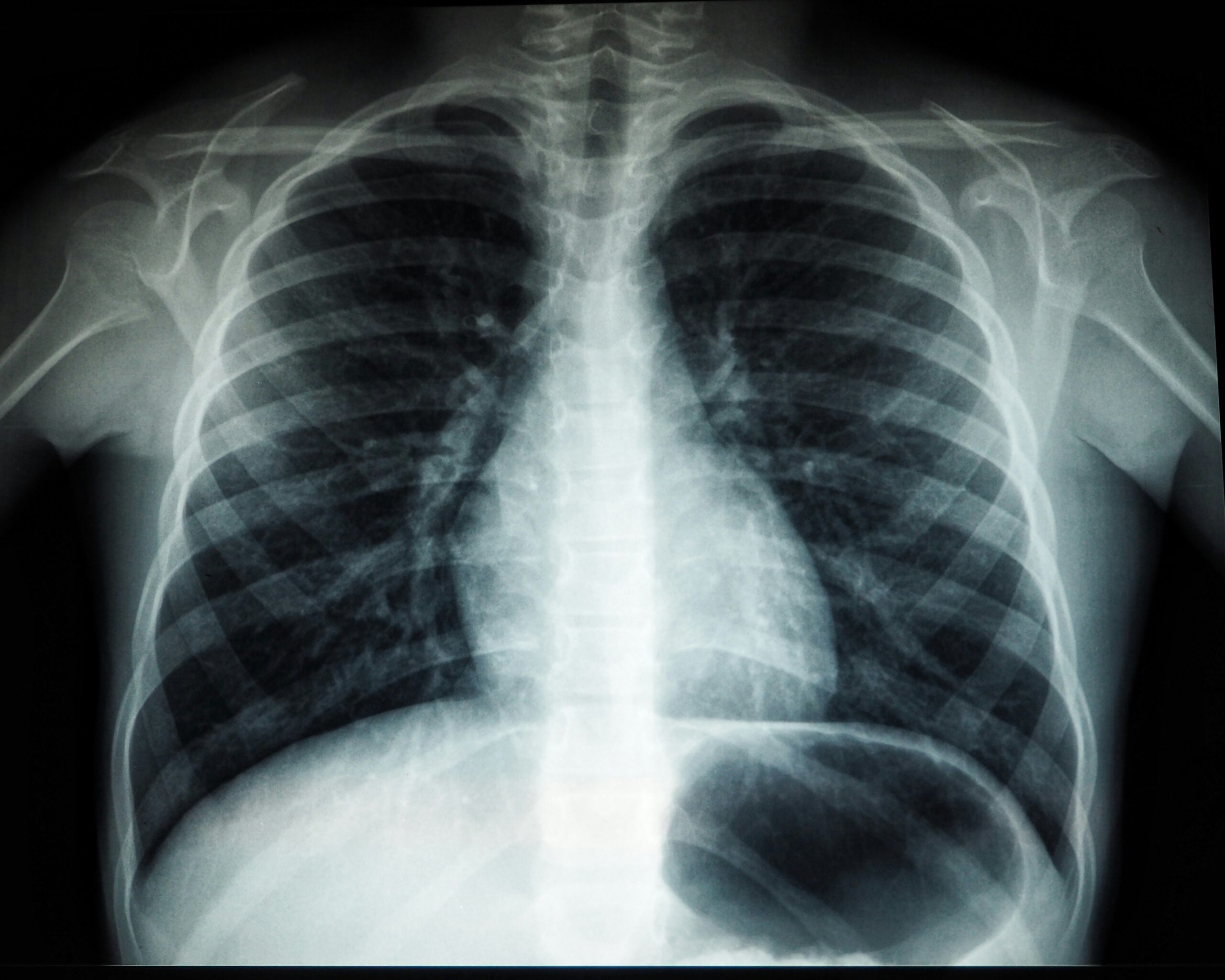
To treat Mesothelioma well, a patient requires a thorough and individualized approach. It should consider the extent of the cancer's spread, the particular kind of tissue involved, and the individual's overall health condition. Gradual Enhancement in treatment practices plays an important role in mitigating the impact of this sickness.
Thus, doctors frequently use a mix of treatments–more than one method. They aim to lessen the symptoms, slow the disease's progress, and enhance the patient's quality of life.
In this case, the goal of the surgery is to remove tumors found in a certain point and some tissue around them, using techniques like Pleurectomy and Extrapleural Pneumonectomy![]() . However, we need to consider factors like the size of the tumor and its situation; plus, whether we can operate depends a lot on how healthy the patient is overall.
. However, we need to consider factors like the size of the tumor and its situation; plus, whether we can operate depends a lot on how healthy the patient is overall.
Powerful drugs used in chemotherapy are effective for Mesothelioma as they stop the quick multiplication of cancer cells. Physician specialists administer this therapy throughout the body before surgical procedures to reduce tumor size and also post-surgery to eliminate remaining cancer or, at minimum, improving symptoms if some malignant cells stay.
Doctors also frequently apply a therapy that utilizes intense energy rays to target and eliminate the cells responsible for cancer. They may combine this technique with surgical ways or select it as the sole approach for treatment. This technique is applied not only to treat cancer–but also for controlling pain and improving symptoms when healing the disease entirely isn't an option.
In addition, specialists focus on researching new treatment methods, with a particular interest in Immunotherapy and therapies that target specific areas. These strategies employ the body's immune system or particular molecules associated with Mesothelioma to explore potential ways for generating more precise and effective treatments.
Lastly, Palliative Care aims to manage symptoms, control pain, and enhance life quality for the sick. It is very important to treat people with Mesothelioma thoroughly. This method assists with the body's health. Also, it accounts for mental and emotional conditions, recognizing how an illness impacts not only those who are ill but also their wider circle of help.

The future for those with Mesothelioma remains quite bleak, suffering from significant pain and high death rates. Uncovering the disease at an early stage sizeably impacts the results; if detected late, few choices can lead to victorious treatment.
The likelihood of improvement from Mesothelioma depends on the cell type observed under a microscope. Entities with an Epithelioid variety often experience more favorable outcomes![]() than those with the aggressive Sarcomatoid type. Those classified as Biphasic demonstrate a moderate level of potential for recovery.
than those with the aggressive Sarcomatoid type. Those classified as Biphasic demonstrate a moderate level of potential for recovery.
Physician pros face a difficult battle against Mesothelioma as it's not easily found at an early stage, options for curing are few, and the illness worsens gradually but is damaging. Despite fresh advances in medicine, eliminating this sickness remains a hard task; thus, they concentrate on lessening symptoms to better their patients' quality of life.
Ongoing research is always searching for new treatments that can more effectively assist those battling this type of cancer–it's essential to know the complicated functions and growth processes of Mesothelioma to develop effective cures.

We can lower the risk of getting Mesothelioma if we take preventive measures; however, it's still hard to guarantee that no one will contract it. A valid step is to avoid being around Asbestos for extended periods since this mineral typically leads to illnesses. Persons who have jobs with much Asbestos use must take great care and obey safety guidelines, like wearing protective clothes and listening to their job's instructions.
We cannot promise nobody will get Mesothelioma from this exposure, but we can reduce the risk by being careful consistently rather than avoiding Asbestos only briefly. Asbestos is known to induce sickness if a person is exposed to it excessively. Therefore, adherence to safety regulations in occupations previously involving asbestos usage is crucial. This involves meticulous compliance with the guidelines, which encompasses using guarding gear and following procedures at work sites; this isn't optional but mandatory.
Additionally, individuals residing in old buildings or engaged in renovation activities should exercise caution due to the potential presence of asbestos materials. To minimize the risk of exposure to this danger, employing specialists for Asbestos removal missions is recommended.
It is essential for individuals to regularly attain medical examinations and pay close attention to their respiratory health, especially if they have previously encountered Asbestos. Soon, detection of Mesothelioma will significantly increase the available treatment options and improve the likelihood of recovery.
Campaigns to inform the public, workplace safety measures, and strict adherence to environmental regulations are crucial for prevention. Collaboration between lawmakers, companies, and everyday individuals significantly reduces exposure to Asbestos and subsequently lowers the incidence of Mesothelioma disease. Despite the challenges encountered, maintaining our focus on prevention is essential as it effectively diminishes the negative impacts of this deceptive illness.

When someone suffers from Mesothelioma, getting fast medical aid is decisive, especially in advanced cases where immediate action is needed to manage sudden symptoms or if the person's health quickly worsens. Such quick crises can arise due to drawbacks in the late point of Mesothelioma or because of unwelcome consequences from treatments doctors propose and execute.
When you feel extreme pain in the chest, have trouble breathing, or keep coughing out blood, it's essential to get help right away. These signs could mean fluid between layers near your lungs–air stuck next to your lungs where it doesn't belong, or severe problems with breathing because of a disease called Mesothelioma.
If a person feels sharp, intense pain in their stomach area, notices that their skin is turning yellowish, or sees significant differences in how frequently they go to the restroom for excreting waste, it might mean serious problems like Peritoneal Mesothelioma growing inside them or blockages in their digestive system. They should quickly get help from a medical pro and may require urgent care.
Besides the organism signs, if someone has shaking fits, feels mixed up, or faints, it becomes very important to see a doctor fast. This could show that the Mesothelioma Cancer has reached the brain organ or there are issues because of how they treat the problem.
Table of Contents

Altitude Sickness is a condition often faced by eager mountain climbers. Dive into our article for more details on this… read more »

Motion sickness can significantly impede daily functioning. The causes are still not precisely known. Find out about treatment methods and… read more »

Cancer within the throat, which therapeutic experts call pharyngeal cancer, happens when the disease starts in parts just like the… read more »
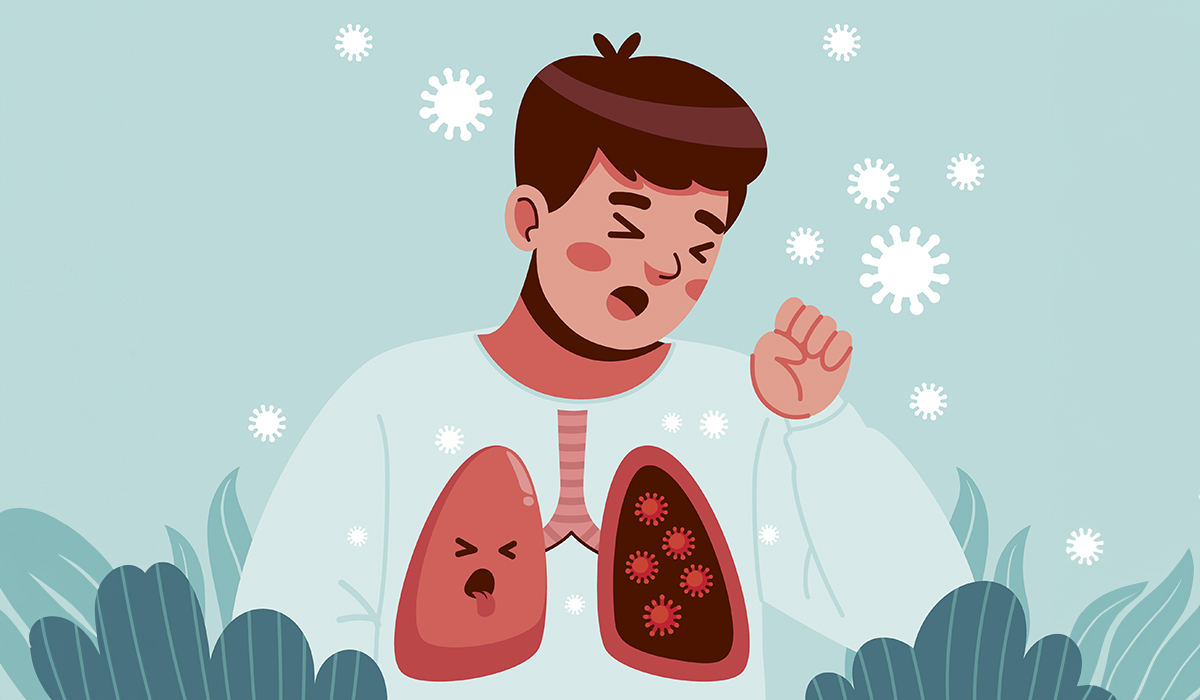
Lung Cancer begins in cells lining breathing entries, regularly starting with bronchial tubes or minor discuss sacs. It may be… read more »
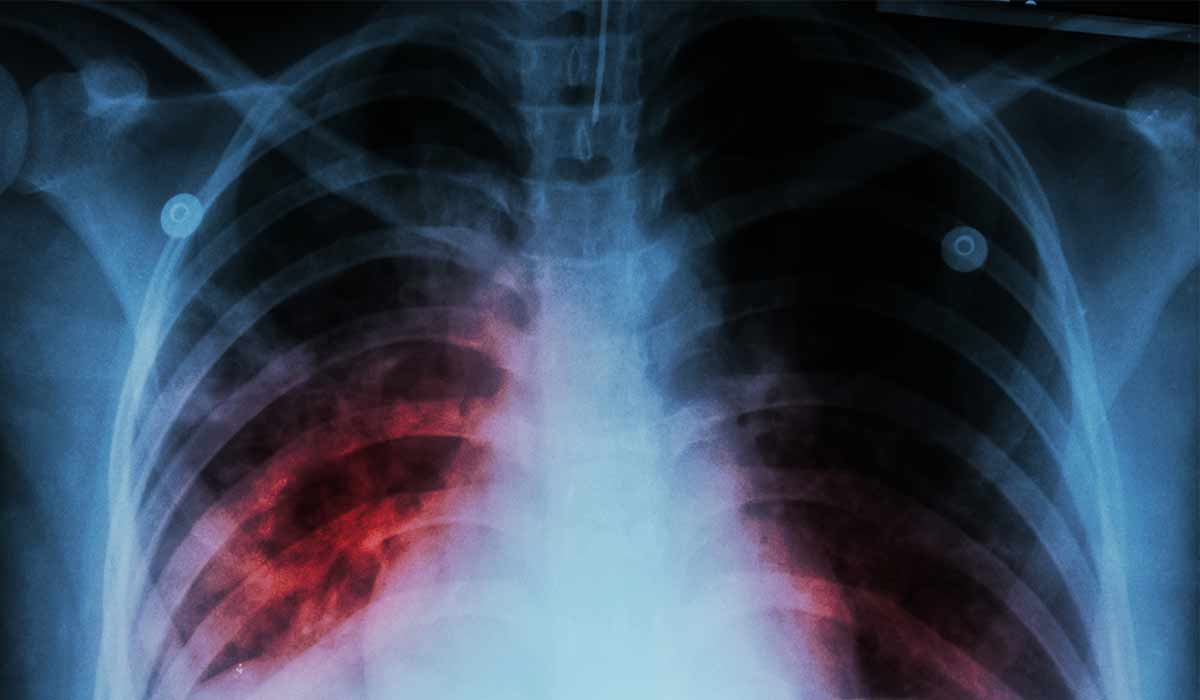
Tuberculosis is an infectious disease caused by mycobacteria. There are many types of tuberculosis with varying symptoms. Learn it all… read more »

Dyspnea, which individuals also call shortness of breath, occurs when somebody feels awkward while breathing or suddenly realizes they have… read more »

Encephalopathy, in medical lingo, is a frequently encountered brain phenomenon. It occurs when the brain's functioning is not optimal. read more »

Herpangina or herpetic pharyngitis is usually caused by viruses. Read about how to recognize the symptoms. Learn about treatment methods. read more »
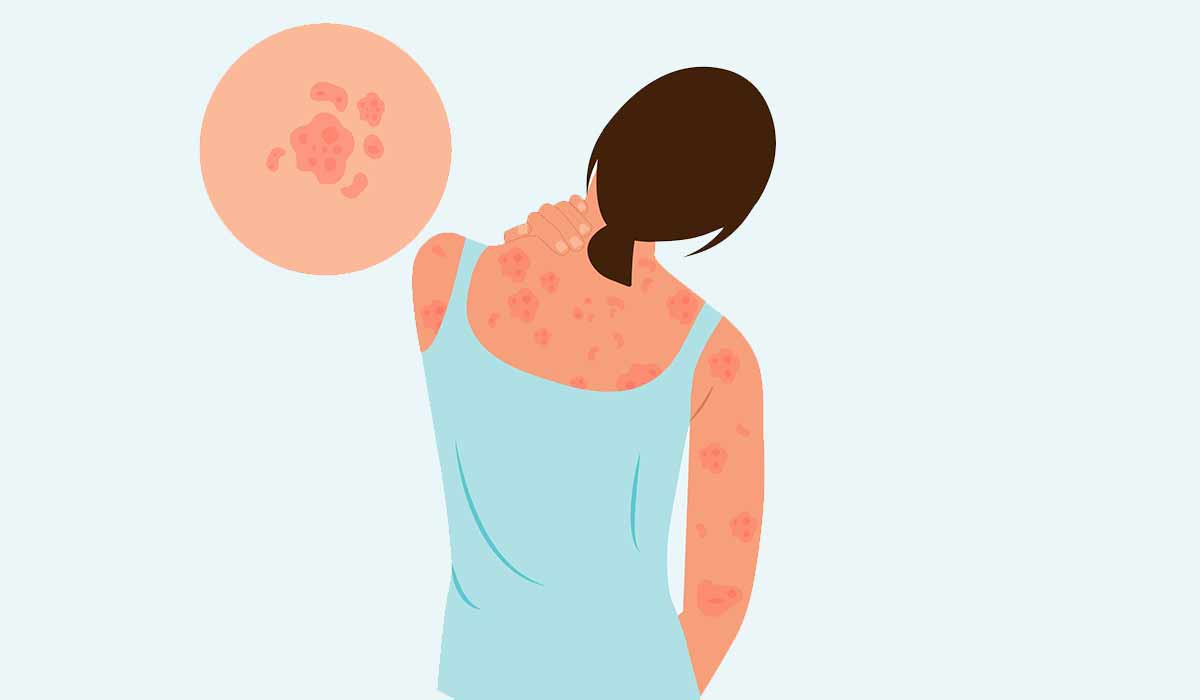
Psoriasis is characterized primarily by skin lesions that result from impaired epidermal regeneration. Learn about all types and signs of… read more »